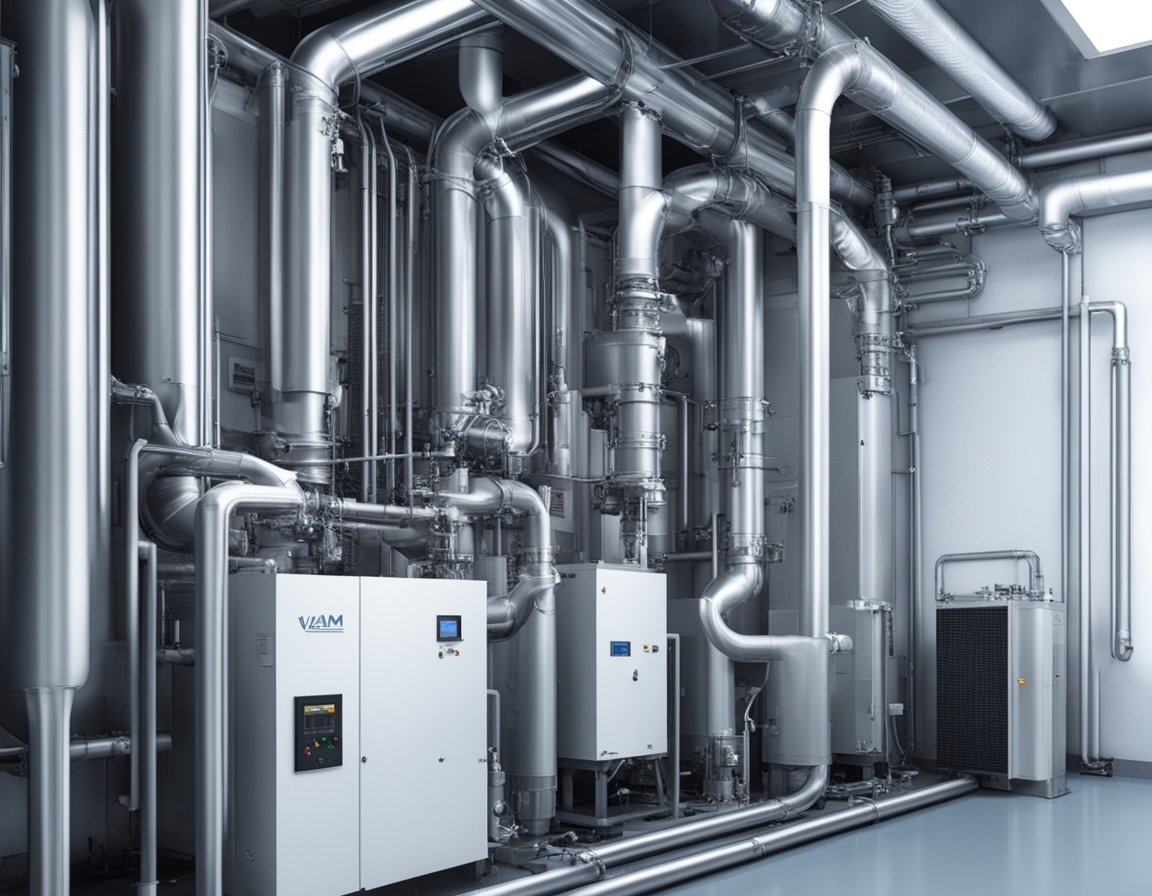
Vapor Absorption Machine (VAM) - The Future of Energy-Efficient Cooling
Introduction:
As industries continue to shift towards energy-efficient and sustainable solutions, cooling systems play a crucial role in maintaining operational efficiency. One such revolutionary technology is the Vapor Absorption Machine (VAM), a cooling system that utilizes waste heat instead of electricity-driven compressors. Unlike traditional cooling methods, VAM systems rely on a heat-driven absorption process, making them highly energy-efficient and environmentally friendly. With rising energy costs and environmental concerns, businesses are increasingly looking at VAM as a viable alternative to conventional cooling systems.
How Vapor Absorption Machines Work:
The Vapor Absorption Machine (VAM) operates on a thermally driven cycle that eliminates the need for mechanical compressors. The system consists of a refrigerant (usually water) and an absorbent (lithium bromide or ammonia). The process starts when the refrigerant evaporates at low pressure, absorbing heat and providing a cooling effect. The vaporized refrigerant is then absorbed by the solution, which is subsequently heated to release the refrigerant, and the cycle repeats. This unique operation makes VAM systems more energy-efficient than traditional chillers.
Advantages of Vapor Absorption Machines:
One of the key benefits of Vapor Absorption Machines is their ability to utilize waste heat, reducing reliance on conventional electricity sources. This results in significantly lower energy costs, making them an ideal choice for industries aiming to optimize their energy consumption. Additionally, VAM systems are environmentally friendly since they produce fewer carbon emissions compared to mechanical chillers. Their silent operation and low maintenance requirements further make them an attractive cooling solution for various industrial and commercial applications.
Industries Benefiting from VAM Systems:
Several industries have adopted Vapor Absorption Machines to enhance their cooling efficiency. Manufacturing plants, power plants, and refineries use VAM systems to repurpose waste heat from their operations. Commercial establishments such as hotels, hospitals, and large office buildings also integrate these machines to maintain optimal cooling while reducing operational costs. Data centers, which require consistent cooling, benefit from the efficiency and reliability of VAM technology.
VAM vs. Traditional Cooling Systems:
Compared to conventional vapor compression chillers, VAM systems stand out due to their lower energy consumption and minimal environmental impact. Traditional systems rely heavily on electricity, leading to high energy bills and increased carbon emissions. In contrast, VAM units use thermal energy, making them a more sustainable and cost-effective option. Additionally, VAM systems require fewer moving parts, resulting in lower maintenance needs and a longer lifespan.
Conclusion:
As industries worldwide focus on sustainability and energy efficiency, Vapor Absorption Machines are emerging as a top choice for businesses seeking alternative cooling solutions. Their ability to leverage waste heat, reduce operational costs, and minimize environmental impact makes them an excellent investment. If you are looking for an energy-efficient cooling solution, now is the time to explore VAM technology. Contact us today to learn how VAM systems can transform your cooling strategy!
Contact us now to join the revolution!
